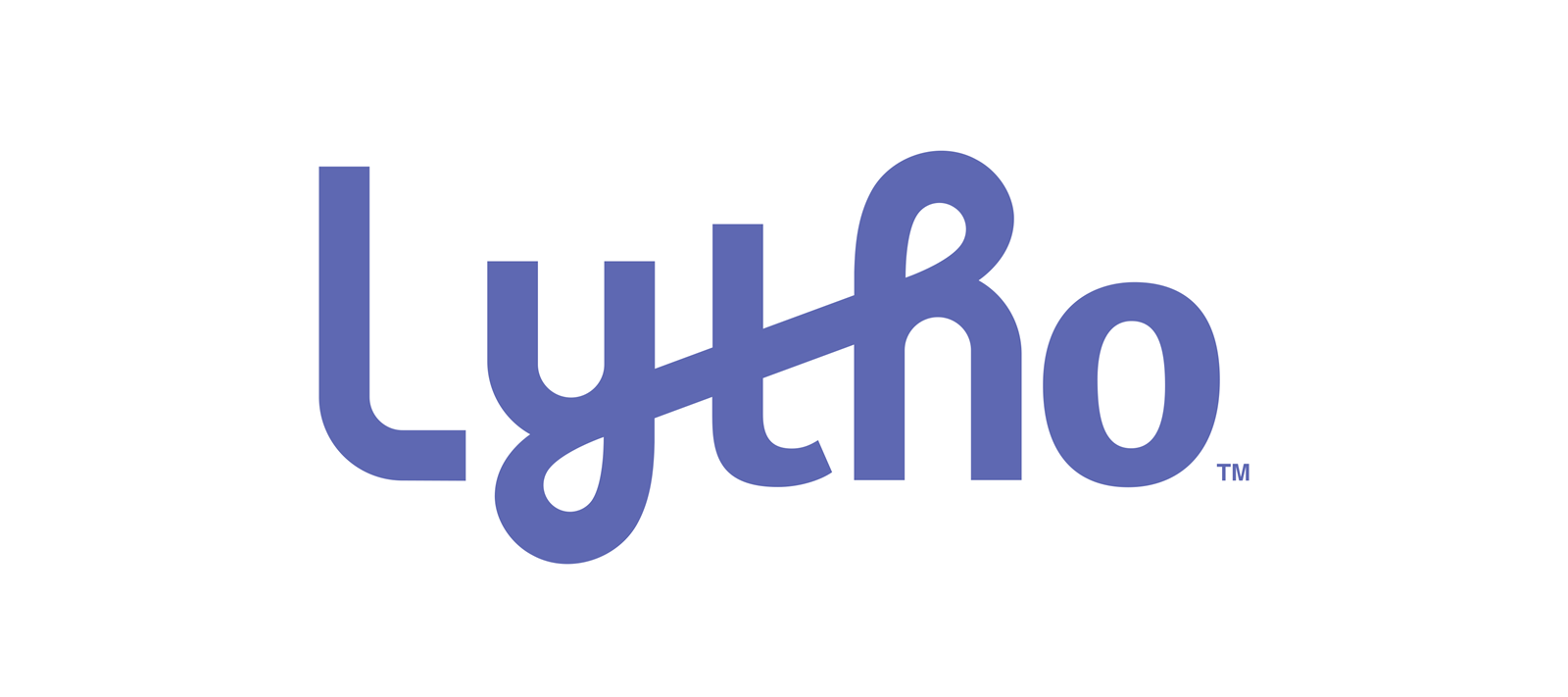Looking to Hire? Know Your Audience.

Know your audience. Every good marketer understands this. And it’s a principle that directly applies to hiring and retaining talent, as well. Every day, I speak with candidates looking for jobs and considering job offers. And I can attest that if you want to attract the best and brightest at all levels—entry, mid and senior—you need to understand the differences between what these groups want.
Here’s what I’m hearing, directly from candidates, as their top priorities when looking for new job opportunities:
Entry Level: 1-4 years
If I had to pick one word for this group, it would be CULTURE. Beer Fridays are an incentive for these folks. An L.A. Sports Club on site is an incentive for these folks. They are happy to work long hours, but they want work to be social. If they’re creative, they don’t want to wear a suit. Cultural perks attract the great talent at this level.
To keep them, you need to provide strong management. The hungriest among this talent pool will not settle for a manager who is learning to manage on their time. If you don’t provide a real opportunity for entry-level employees to develop and grow, they will move on to a place where the beer still flows on Fridays, but where they can also learn something.
Mid-Level: 5-14 years
The word for this group is GROWTH. Mid-level positions are the toughest to fill because these employees will not compromise. They are driven, career-focused, and refuse to settle. Compensation, commute, perks, benefits—all the boxes need to be checked.
Management is still important to them, but more specifically, management style. The answer to the question, “Who am I reporting to?” plays a huge role in the decision-making process of the mid-level candidate. With training and development budgets slashed, employees have no choice today but to learn on the job. This group knows that a strong, competent, motivated manager who will coach and help them develop is imperative to their growth during their prime working years.
Senior Level: 15+ years
And finally, for senior-level employees, the word is FLEXIBILITY. Not surprisingly, someone in the workforce for 20 years is likely balancing work and family. Many of the senior-level candidates we place will prioritize their desire to work from home or have flexible hours over compensation (within reason). And they want to work for a company that understands that being a solid contributor can still be accomplished by leaving the office early sometimes and finishing up from home.
Senior-level employees also prioritize executive leadership. They want to know that management will clear obstacles so they can do their job and run their team as efficiently as possible.
So in the same way you take the time to understand the segments of your company’s target audience, it’s important to take the time to understand the segments of your potential employee pool. Tailor your job descriptions to each group and be as specific as possible. Be sure your interview process considers the person sitting across the desk from you. Put the right management and training in place. Knowing what motivates top talent at every level, including what they may be resistant to, will enable you to attract and retain them. And ultimately, provide your organization with dedicated, high-performing employees at every level.
Recent Posts

In-House Data: Fact or Fiction?
October 16, 2023
I’m going to be honest with you, which I always am but this time it’s scary honesty. There are a lot of in-house agency research reports out there. And not all of them contain data that are close to the integrity of the studies IHAF publishes—the next of which drops at the IHAF conference on …

IHAF Wrapped
December 20, 2023
One of our favorite things to do at year-end is look back at the events, presentations, and online resources our members tapped most. (Why should Spotify have all the fun?) Here are a few of your favorites in 2023:
• New Assortment of Org Charts Download • Updated Job Profiles …



















%20(1).pdf%20-%20Copy.jpg)

%20(1).png)


No Reader Comments